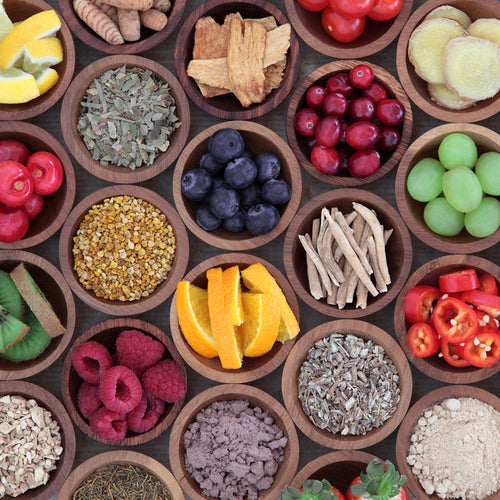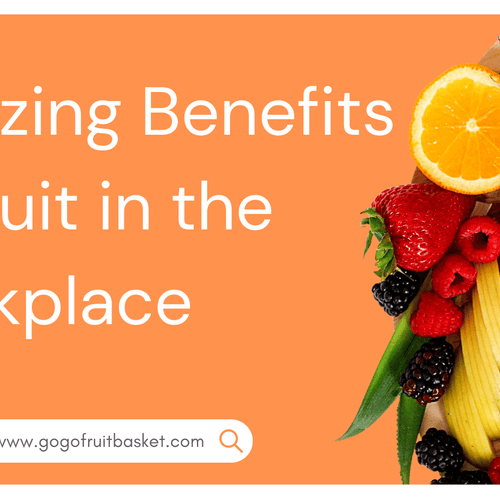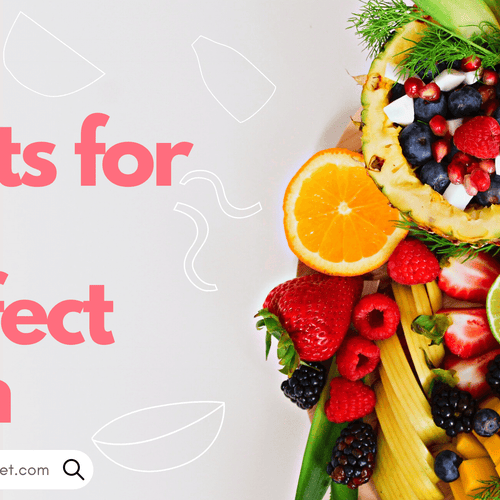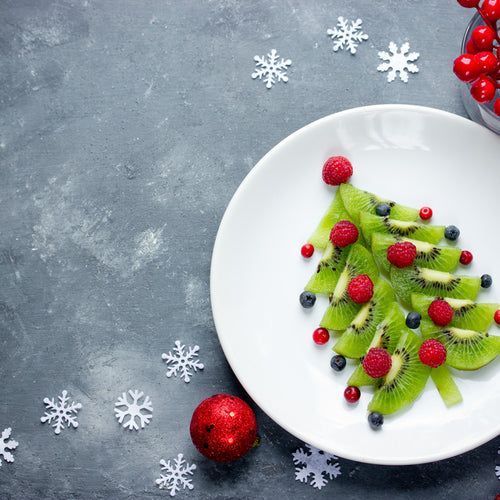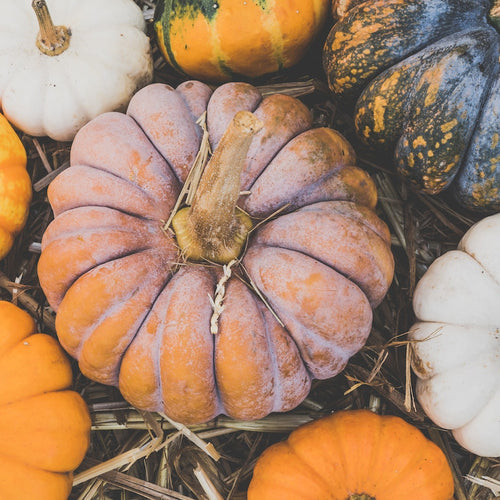But, you probably don’t know much about them, other than they’re tasty! Apples have a fruitful history and a world of benefits to offer. They also have some surprising facts and they can be used for more than eating!
The History of ‘The Forbidden Fruit’
Taxonomically, apples are members of Rosaceae, the Rose family. Other fruits such as pears, plums, peaches, cherries, strawberries, and raspberries are also part of this family. DNA analysis indicates that apples originated in the mountains of Kazakhstan. Wild apples that are grown from seeds are generally pretty awful tasting. Natural Geographic says that Apples are a victim of their genetic creativity. A characteristic they possess known to botanists as extreme heterozygosity means that an apple grown from seed won’t be anything like its parents. This has been a great quality for evolution. We’ve produced thousands of apple varieties that are adaptable to every environment from North Dakota to New Zealand has been easy. However, for apple growers, trying to preserve and grow selected favourite means that this quality is extremely frustrating. The only guarantees of reproducibility are grafting, this is how our modern eating apples are propagated.
The modern apples that we find in supermarkets, or those that we grow in our orchards all fall under the collective grouping and Latin name of Malus Domestica. You might be wondering how apples made it from the mountains of Kazakhstan to Britain? Scientists believe that birds and bears would have transported apple seeds out of Kazakhstan long before humans started to cultivate them. This was, of course, done by eating the apples and then depositing the seeds once it had been processed.
The Romans discovered apples growing in Syria and they were involved in dispersing them around the world from there. The Romans practised the skill of grafting which is now the main method used for the modern-day growing of apples. Grafting involves taking a cutting from a chosen apple variety and attaching it on to a rootstock (young roots and trunk) of another tree. This is a necessary process as apple trees grown from seed will not grow true to their parent fruit. So there you have it, apples came to Britain because of The Romans and we still use their method to grow sweet and tasty apples over and over again.
How to Grow, Care for and Harvest Apples in the UK
You may be surprised to hear that winter is the best time to plant bare-rooted apple trees. These are cheaper than container-grown ones and they are available in a wider range of varieties. If you’re wondering where to get them from, you can buy these from fruit nurseries. The trees grow to different heights and they are dependent on the rootstock. When deciding where to plant your newly purchased apple tree, choose a location that gets lots of sunlight, and ensure there is enough room for the branches to develop. If you want to grow one in a small garden, the trees can also be trained and pruned as fans, cordons and espaliers. They can grow against a suitable wall, fences or piece of trellis too. Prepare the soil before planting and dig a square hole, hammer in a tree stake and position the tree. Make sure you hold the tree while you fill in around it with soil. Keep the tree well-watered throughout the whole year. If you care for your apple tree appropriately it will mature and crop for decades. Apply a balanced fertiliser such as pelleted chicken manure around the base of the tree once a year, preferably in late winter. This encourages good flowering and fruit formation. In the summer prune back shoots that are over 20cm long to three leaves and also cut back side shoots from those three too. By removing damaged sections and pruning, by winter it has enough space to let the light and air into the middle of the tree. Most apple trees will be ready for harvest in September, but some could be ready as early as August and others as late as October.
Benefits of Apples?
Apples are rich in fibre, vitamins, and minerals, all of which provide us with great health benefits. Apples can also provide an array of antioxidants and these substances can help neutralise free radicals. Free radicals occur when oxygen in the body splits into single atoms with unpaired electrons. This is a problem because electrons like to be in pairs which means that the atoms (free radicals) search the body for other electrons to that they can become a pair. This process can cause damage to cells, proteins and DNA, this damage can contribute to a range of conditions, including cancer and diabetes. The antioxidants that apples contain are quercetin, catechin, phloridzin, chlorogenic acid.
Apples & Nutrition
According to Healthline, a medium apple with a diameter of about 3 inches (around 7.6 centimetres) equals to 1.5 cups of fruit. Two cups of fruit daily are recommended on a 2,000 calorie diet. One medium apple of 6.4 ounces or 182 grams offers the following nutrients
Calories: 95
Carbs: 25 grams
Fibre: 4 grams
Vitamin C: 14% of the Reference Daily Intake (RDI)
Potassium: 6% of the RDI
Vitamin K: 5% of the RDI
In the same serving, apples also provide 2–4% of the RDI for manganese, copper, and vitamins A, E, B1, B2, and B6. To get the most nutrients out of apples, leave the skin on as that is the part that contains half of the fibre and many of the polyphenols.
Are Apples Good for Weight Loss?
Apples are around 116 calories and they prove 5.4grams of fibre per large fruit. Some studies have found apples to support weight loss. In one study, women were given three apples, three pears, or three oat cookies each with the same calorie value per day for ten weeks. The group that ate the apples lost 2 pounds, the pear group lost 1.6 pounds and the oat group’s weight did not change. That’s not to say you should live off of apples, but more that they have been proven to support weight loss. They may be a good snack option to choose between meals.
How to Choose Apples
You should check the firmness of the apple first and foremost. Once you pick up the apple you’ll be able to feel the fruit’s skin and you can even press gently to make sure it’s firm. If they are soft or your finger indents when softly pressing down, avoid these apples. They are likely edible still, of course, but we are talking about choosing the perfect apple. Softer apples are great for pies, crumbles and smoothies though! Visually inspecting the apple means that you’ll also be able to see if there are any bruising marks.
You can also tell a great apple from its colour, although it’s not the best indicator of a great tasting apple. Apples with full colour have absorbed lots of sunlight and that leads to a great tasting apple. You can also tell a good apple from its scent, a fresh, high-quality apple should have a nice aroma. This will vary by variety with some apples (like Gala) having a stronger fragrance than others.
Quick Apple Facts You Likely Didn’t Know
Eating apples can help brighten teeth.
The acid in apples can help clean and brighten teeth. Apples are also crunchy which helps at removing anything lingering on your teeth.
In Latin, the word “apple” has another meaning.
In Latin, Mālum (an apple) and mălum (an evil) are both commonly written as “malum.” Although there wasn’t a direct mention of it in the Book of Genesis, this is why many think that the forbidden fruit is an apple.
The apples you buy could be 1 year old.
Before you panic, this is safe. Farmers use sophisticated technology called “controlled atmosphere storage,” to control the temperature and atmosphere in storage. This enables them to be delivered to you fresh, crisp and ready to eat.
Apples are 25% air.
The amount of air they hold is the reason why they can float in water.
There are around 7,500 varieties of apples grown worldwide.
More than 2,500 varieties of apples are grown in the U.S. However, China cultivates the most apples in the world.
The apple is the official fruit of six states.
Those states are Minnesota, New York, Vermont, Washington, West Virginia, and Illinois.
The most-grown apple is the Red Delicious.
This is closely followed by Gala, Golden Delicious, Granny Smith, and Fuji.
The heaviest apple ever recorded weighed 4 pounds.
It was harvested in Japan in October 2005. The largest bowl of applesauce weighed 716 pounds and that was made in Maryland, 2013.
Apples can help ripen other fruits that are nearby.
Apples give off ethylene gas, which is the property that accelerates ripening. If you want to ripen avocados or tomatoes, place them in a bag with an apple to speed up the ripening process.

